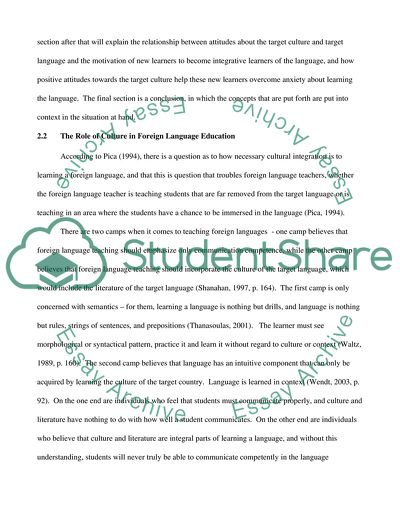Cite this document
(“Teaching Culture in Learning the Language Literature review”, n.d.)
Teaching Culture in Learning the Language Literature review. Retrieved from https://studentshare.org/education/1748741-the-role-of-culture-learnoing-and-teaching-in-foeign-language-education
Teaching Culture in Learning the Language Literature review. Retrieved from https://studentshare.org/education/1748741-the-role-of-culture-learnoing-and-teaching-in-foeign-language-education
(Teaching Culture in Learning the Language Literature Review)
Teaching Culture in Learning the Language Literature Review. https://studentshare.org/education/1748741-the-role-of-culture-learnoing-and-teaching-in-foeign-language-education.
Teaching Culture in Learning the Language Literature Review. https://studentshare.org/education/1748741-the-role-of-culture-learnoing-and-teaching-in-foeign-language-education.
“Teaching Culture in Learning the Language Literature Review”, n.d. https://studentshare.org/education/1748741-the-role-of-culture-learnoing-and-teaching-in-foeign-language-education.


